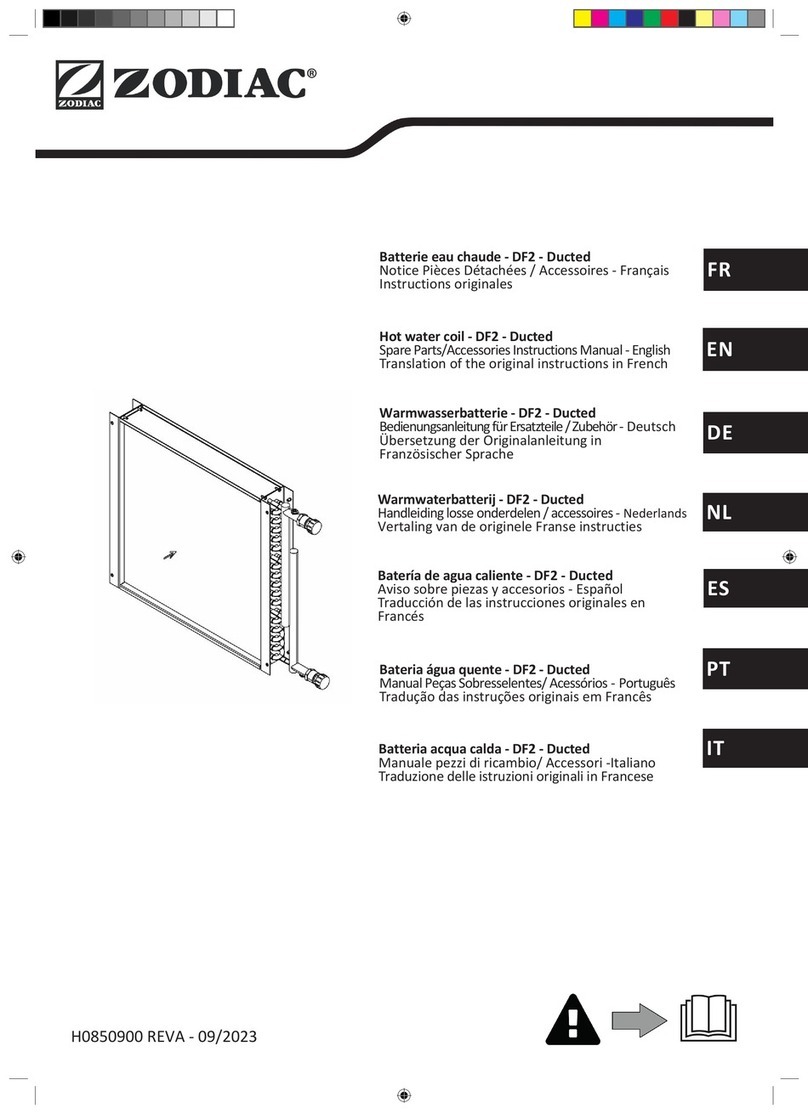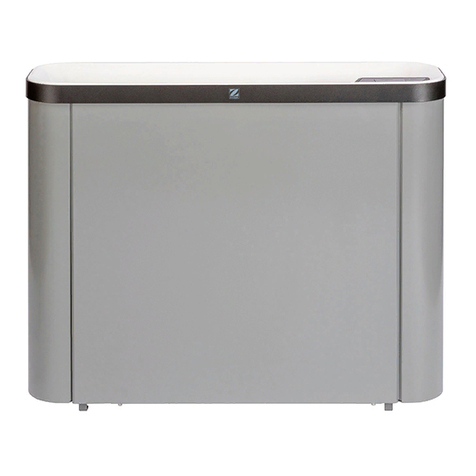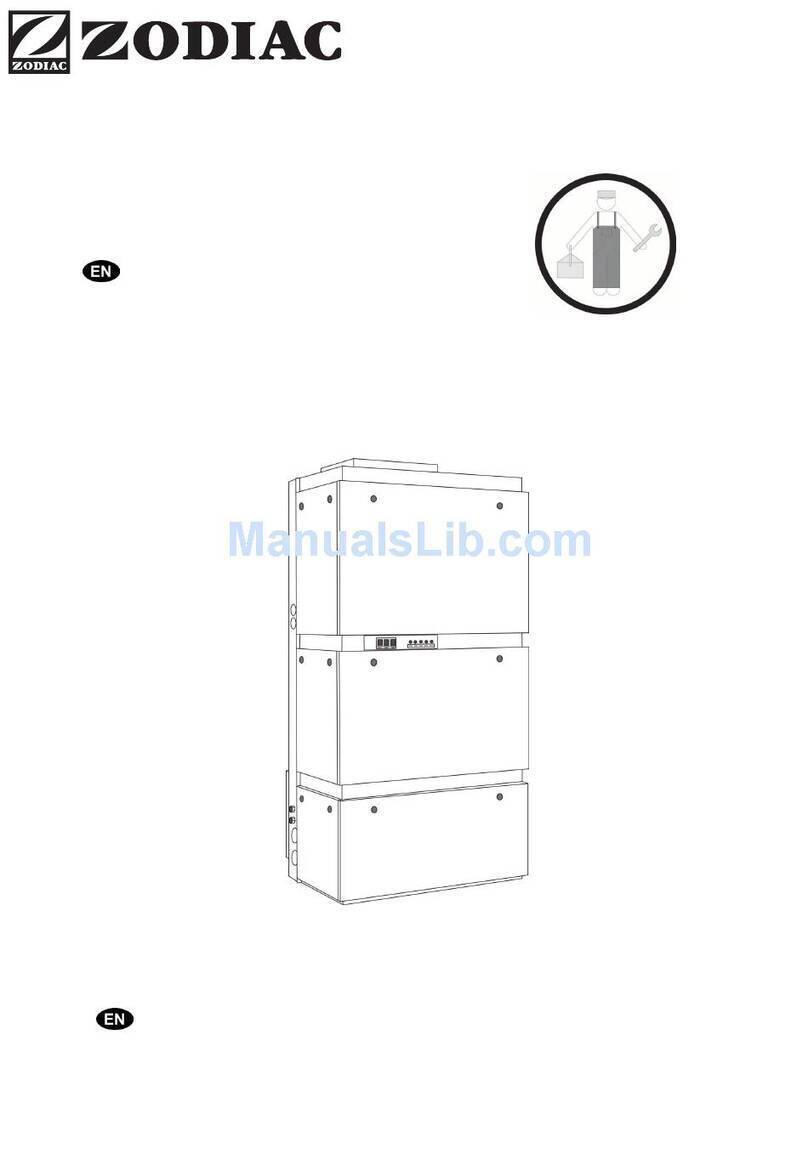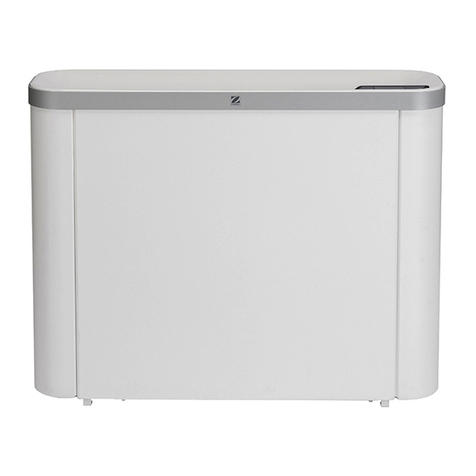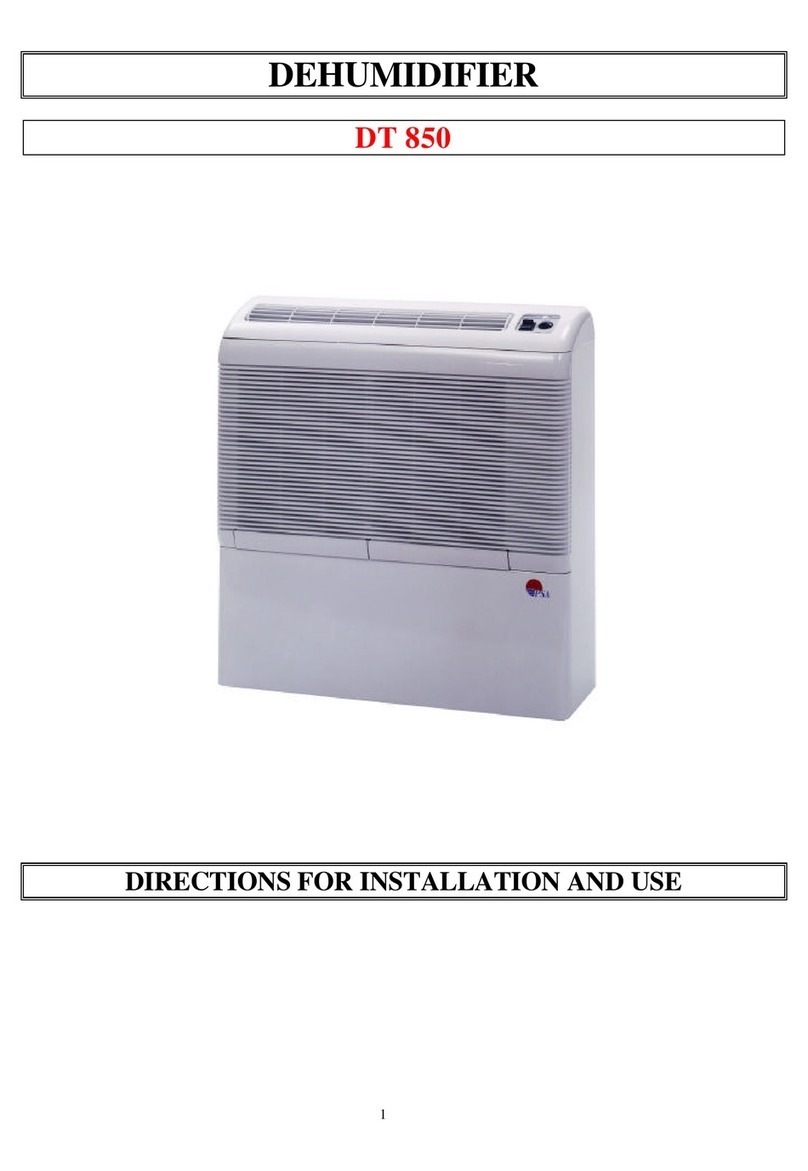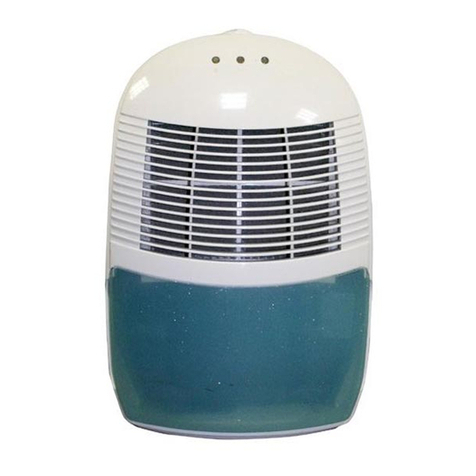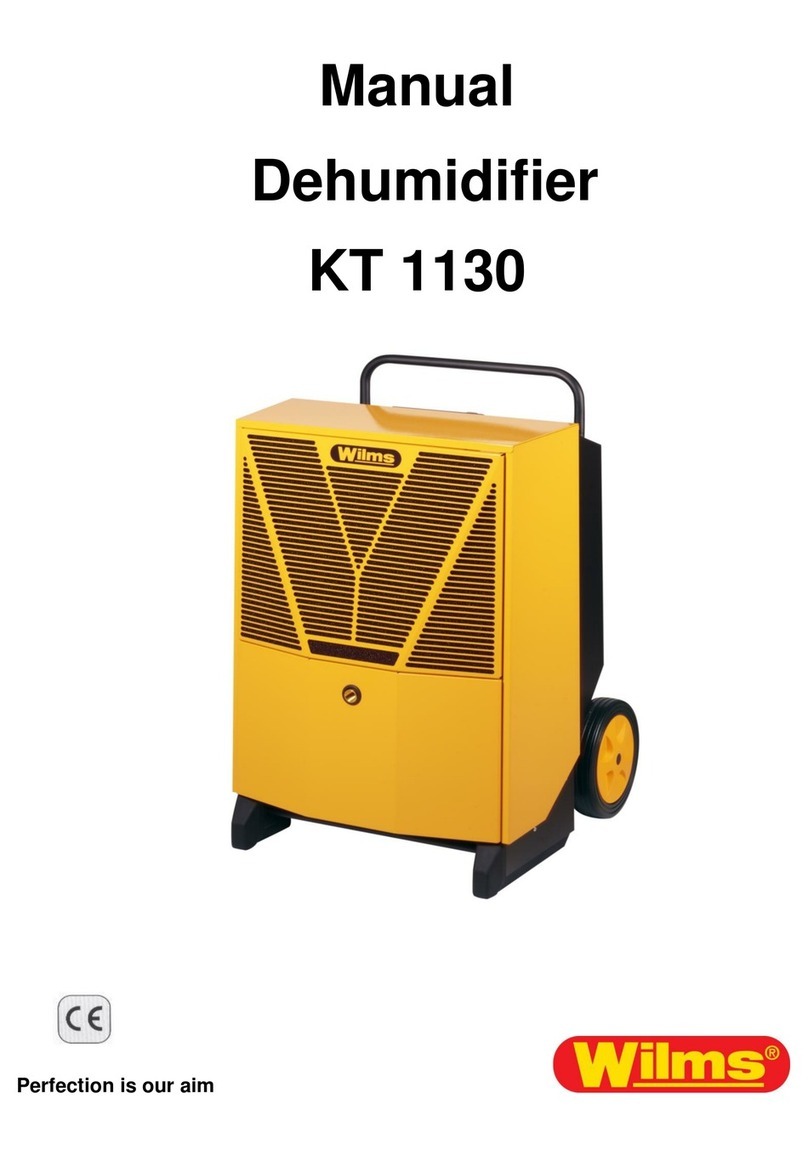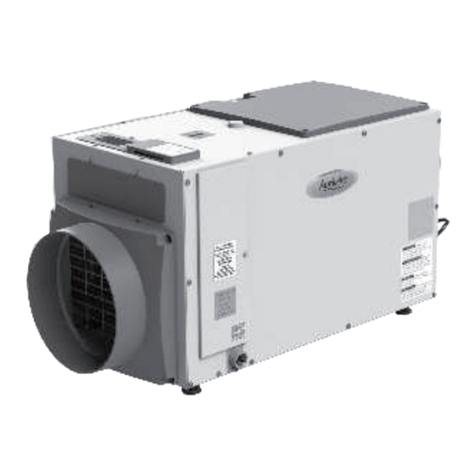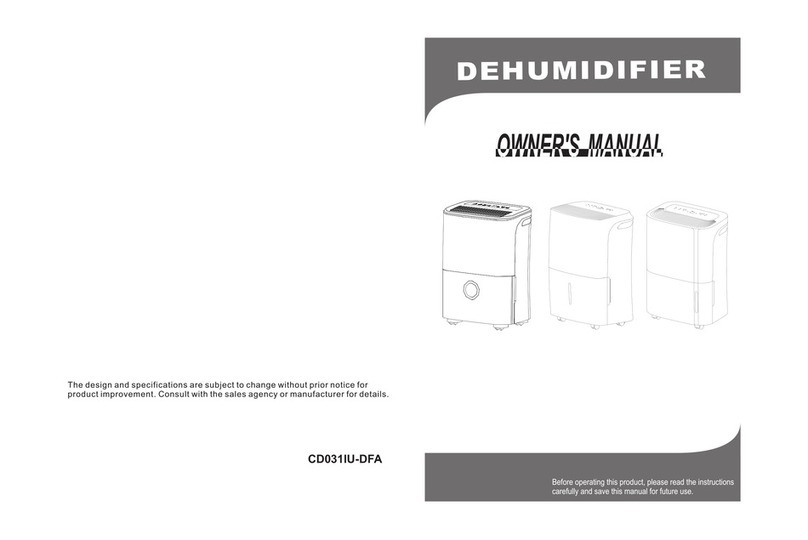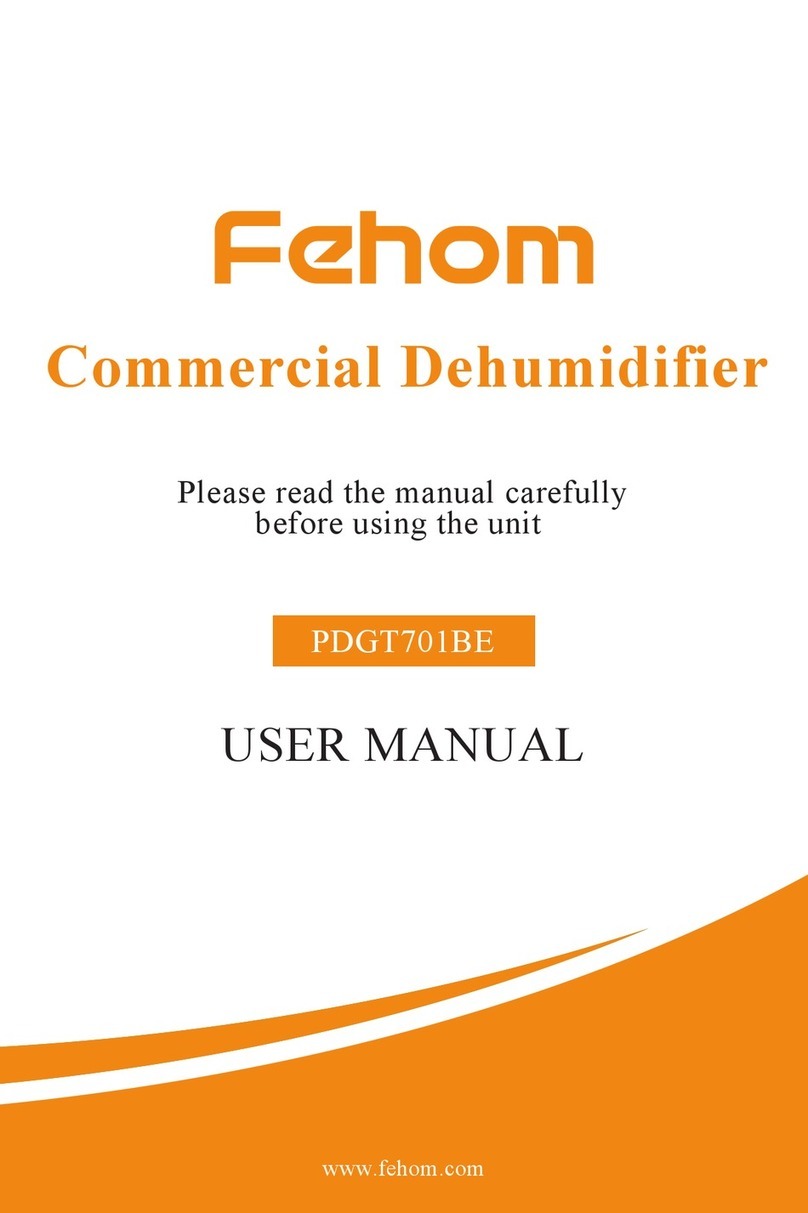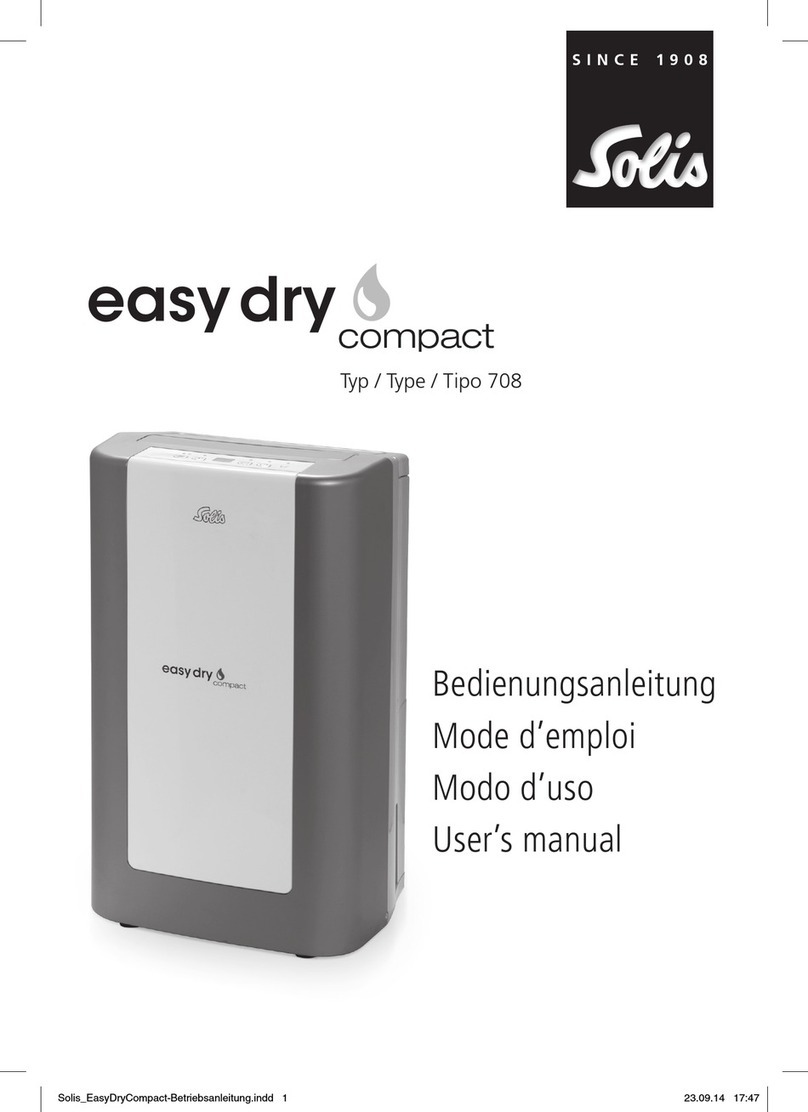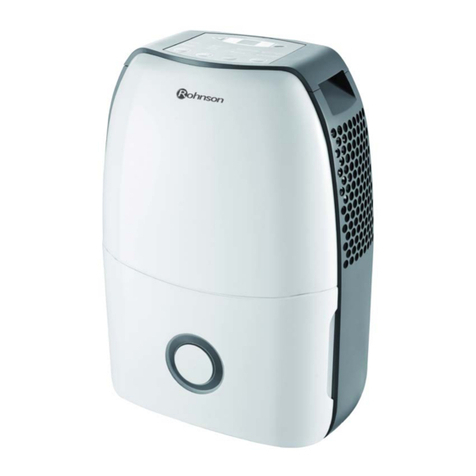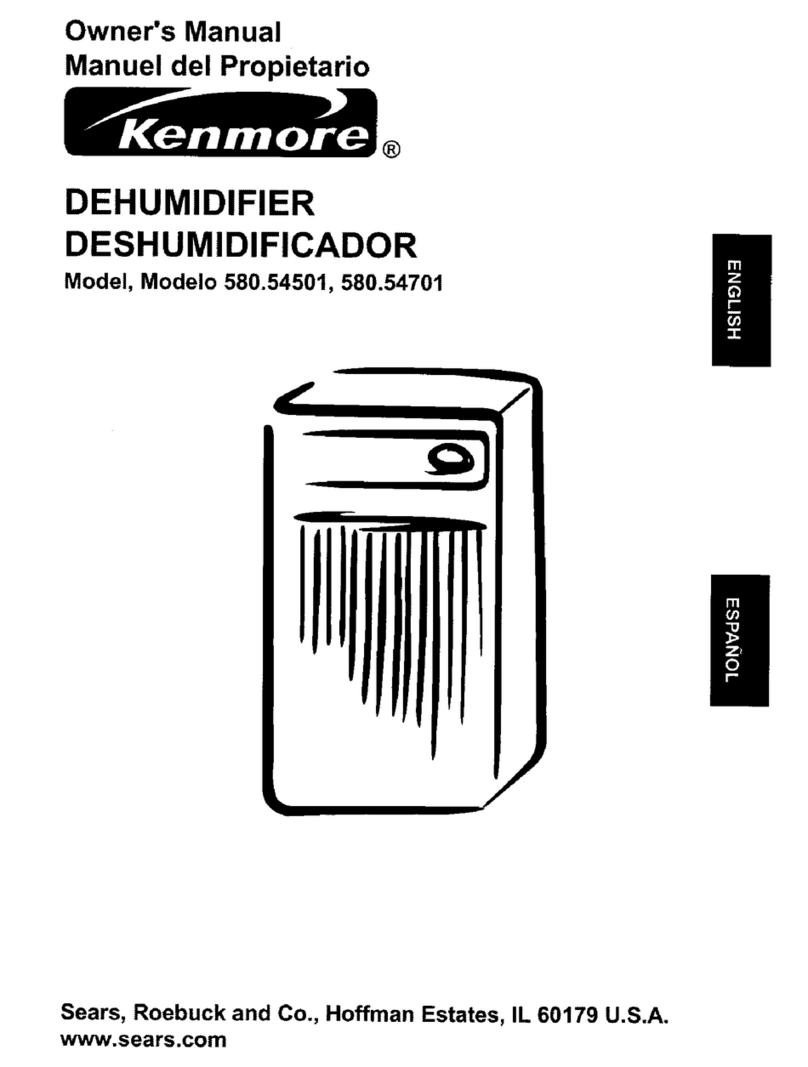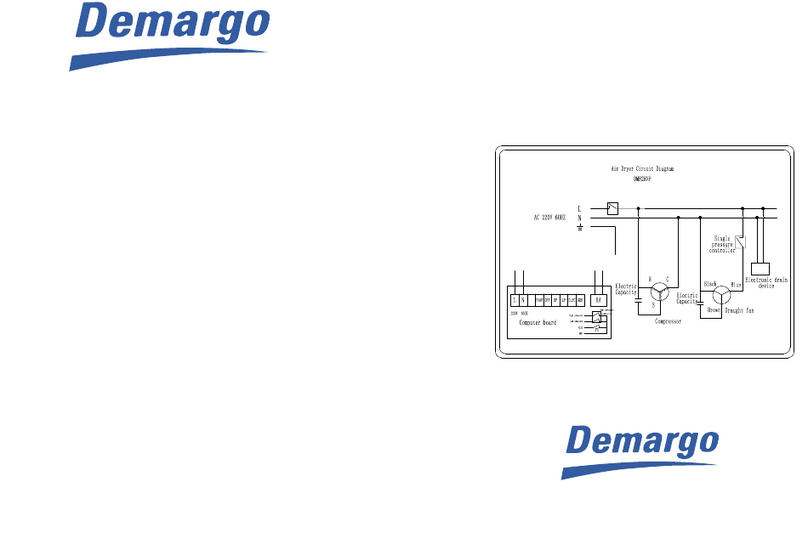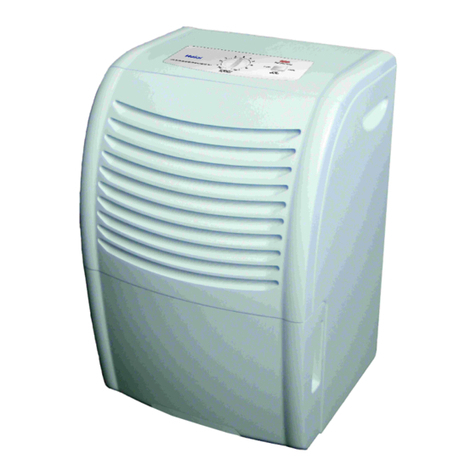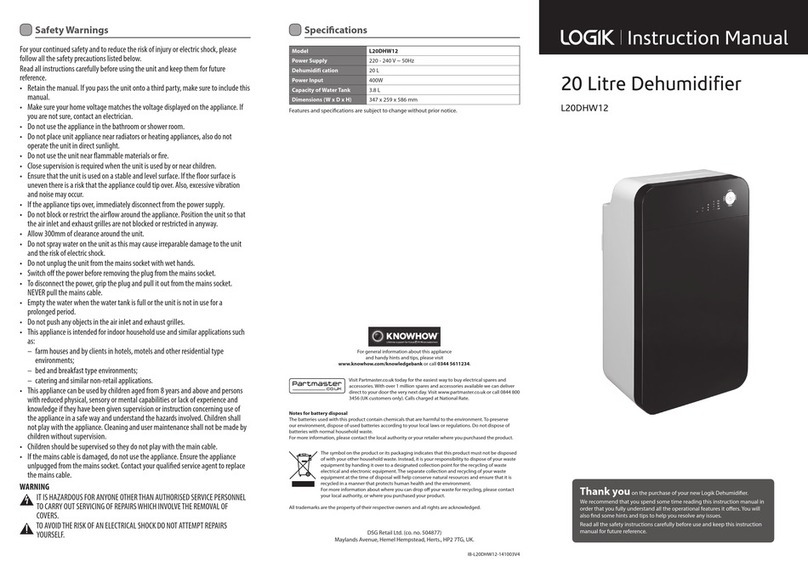
1
WARNINGS
Carefully read the instrucons in this manual before using the unit.
• Before handling the appliance, it is vital that you read this installaon and user
manual, as well as the "Warranes" booklet delivered with the appliance. Failure
to do so may result in material damage or serious or fatal injury and will void the
warranty.
• Keep and pass on these documents for reference during the appliance's service life.
• The distribuon or modicaon of this document in any way is prohibited, without
prior authorisaon from the manufacturer.
• The manufacturer is constantly developing its products to improve their quality.
The informaon contained herein may therefore be modied without noce.
GENERAL WARNINGS
• Failure to respect the warnings may cause serious damage to the pool equipment
or cause serious injury, even death.
• Only a person qualied in the technical elds concerned (electricity, hydraulics or
refrigeraon) is authorised to carry out maintenance or repair work on
the appliance. The qualied technician working on the appliance must
use/wear personal protecve equipment (such as safety goggles and
protecve gloves, etc.) in order to reduce the risk of injury occurring
when working on the appliance.
• Before handling the appliance, check that it is switched o and isolated.
• The appliance is intended to be used for pools and spas for a specic purpose; it
must not be used for any purpose other than that for which it was designed.
• This appliance is not intended for use by individuals (including children) with
impaired physical, sensorial or mental abilies, or persons lacking in knowledge
and experience, unless they receive supervision or prior instrucons on using the
appliance from a person responsible for their safety. Children must be supervised
to ensure that they do not play with the appliance.
• This appliance can be used by children over 8 and adults with impaired physical,
sensory or mental capabilies, or who lack experience and knowledge, if they are
correctly supervised or have been instructed in how to use the appliance safely
and understand the hazards involved. This appliance should not be cleaned or
maintained by children without supervision.
• The appliance must be installed according to the manufacturer’s instrucons and
in compliance with local and naonal standards. The installer is responsible for
installing the appliance and for compliance with naonal installaon regulaons.
Under no circumstances may the manufacturer be held liable in the event of failure
to comply with applicable local installaon standards.
• For any work other than the simple user maintenance described in this manual, the
product should be referred to a qualied professional.
• If the appliance suers a malfuncon, do not try to repair it yourself; instead contact
a qualied technician.
• Deacvang, eliminang or by-passing any of the safety mechanisms integrated
into the appliance shall automacally void the warranty, in addion to the use of
spare parts manufactured by unauthorised third-party manufacturers.
• Do not spray inseccide or any other chemical (inammable or non-inammable)
in the direcon of the appliance, as this may damage the body and cause a re.
• Do not touch the fan or moving parts or insert objects or your ngers into the
appliances' grids or near moving parts when the appliance is in operaon. Moving
parts can cause serious injury or even death.
